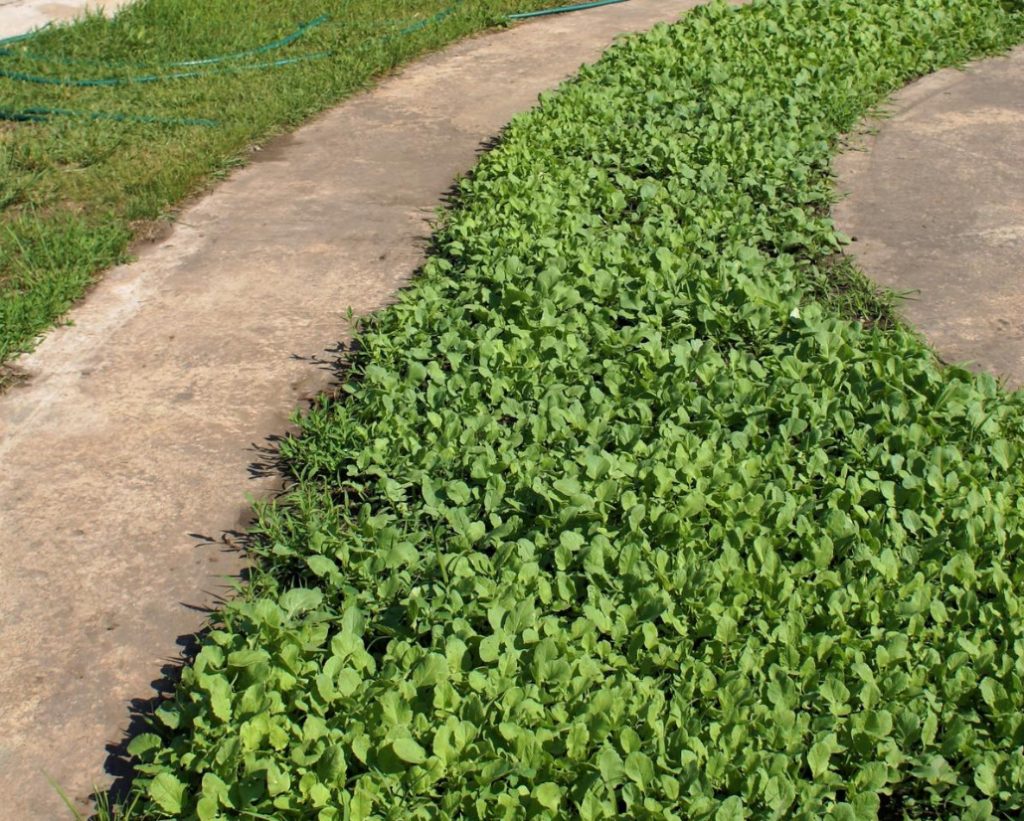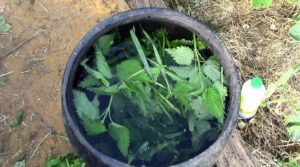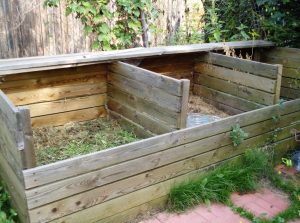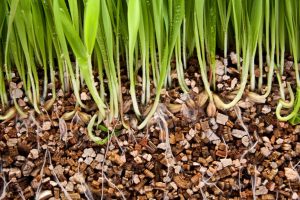A few years ago I had new neighbors in the country. A married couple of pensioners acquired land “for health” and began with great enthusiasm to master gardening wisdom. I often watched their eccentricities with interest, not even suspecting that the neighbors similarly evaluate my suburban maneuvers. One day, mowing lush Sinapis alba, I heard a bewildered voice of a neighbor at the fence: “it’s necessary to think of it-to sow grass in the garden, and then fight it! Do you really have nothing to do?!”.
It was the green manure herbs that helped us make friends with our neighbors, and now we “freak” together. Our suburban areas are never empty beds – they are busy either vegetables or green manures. And all because the green manure, the grass is not simple.
Features of green manure crops and their use
The main feature of green manure crops is the ability to quickly build up a lush green mass and form a powerful root system. Before flowering or immediately after the opening of the inflorescences, the plants are mown — by this time they have time to build a weighty leaf cap. After mowing, the green mass is embedded in the soil: so the green manure will serve as an excellent fertilizer, helping to restore soil fertility.
Their rotted shoots and foliage saturate the upper layers of the soil with a variety of nutrients (primarily nitrogen), which contribute to the active development and abundant fruiting of crops planted in this place. “Golden grass” not only saturates the soil with humus, but also improves the mechanical composition of the soil and protects it from erosion.
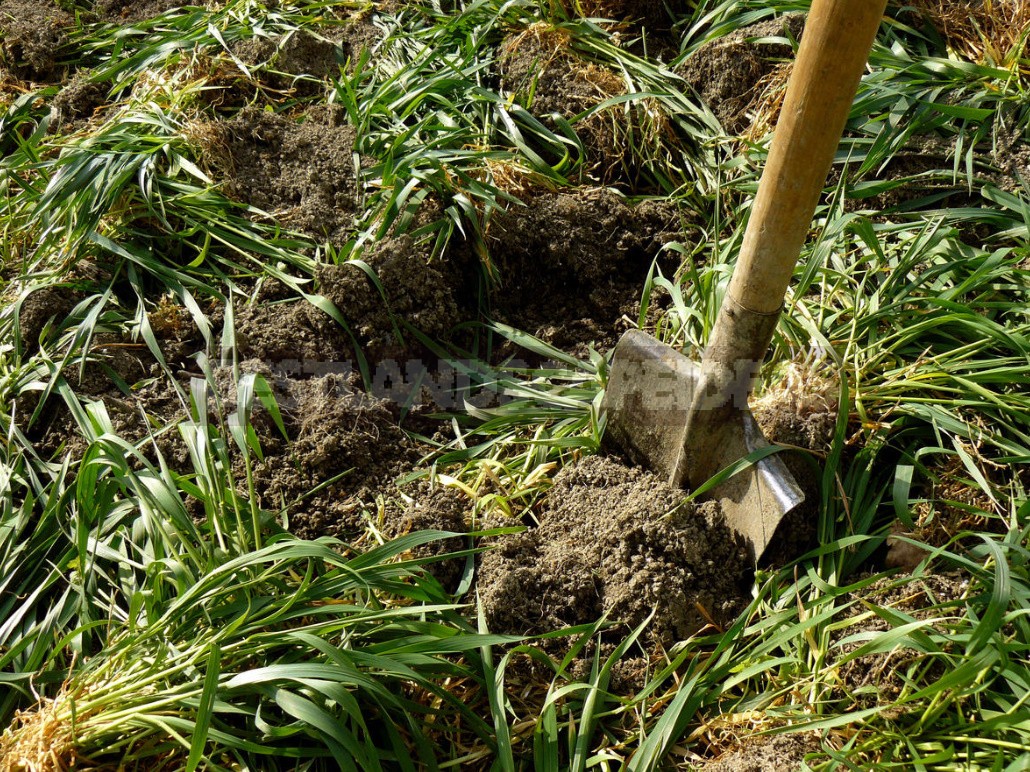
Contribute and “crafty” roots of green manure. Breaking on the way all obstacles, they quickly and effectively increase air and moisture permeability of the upper layer of the earth that is especially valuable for owners of sites with heavy clay soil. On light sandy soil, strongly branched lobes of green manure roots become a kind of framework, making it less crumbly and more moisture-intensive.
Powerful roots of such plants are able to extract nutrients from the lower layers of the soil, which often can not boast of garden crops. Closing up the cover crops in the garden, we return to the land of these valuable connections and leave them as treats for affordable cultural spaces.

Ubiquitous weeds, thanks to its extraordinary activity, often endanger the health and life of many garden plants-modest, but they are unable to compete with green manure crops. Mighty green manure create a dense shade and build a strong root system, displacing weeds from the site.
Kinds of green manure
Today, there are about 400 crops that can act as green manure. Among such a variety of green fertilizers, each summer resident will be able to choose a favorite variety or make a mixture of several herbs, which will sow empty places on the site.
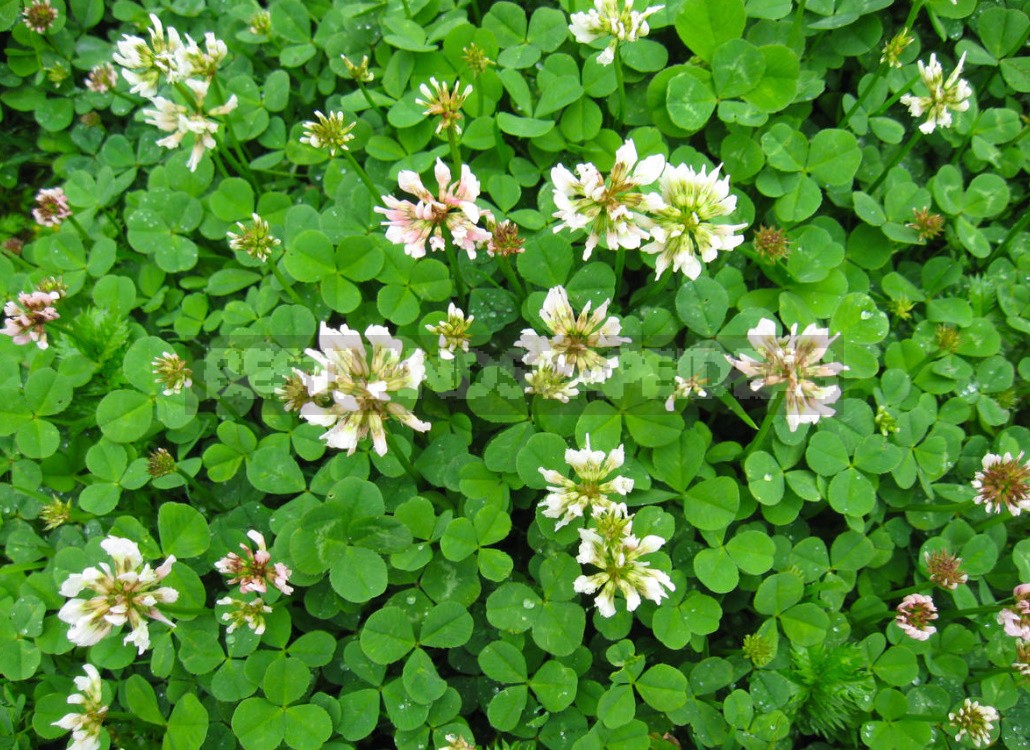
First of all, it is worth highlighting a variety of legumes. Among them we must pay tribute to Trifolium, Vicia sativa, Melilotus, Lathyrus, Medicago, Lupinus, Glycine max, Cicer arietinum, Lens, Ornithopus, Onobrychis, Pisum sativum subsp. arvense, beans, Galega, Phaseolus, etc.
Farmers compare these plants with fresh manure – so much they give to the soil nitrogen. Contribute to this isotopically – nodule bacteria absorb atmospheric nitrogen and gave it a native plant. In turn, it, as rotting, enriches the soil with this valuable element of nutrition. An additional bonus from the legume green manure – cleansing plot against nematodes.
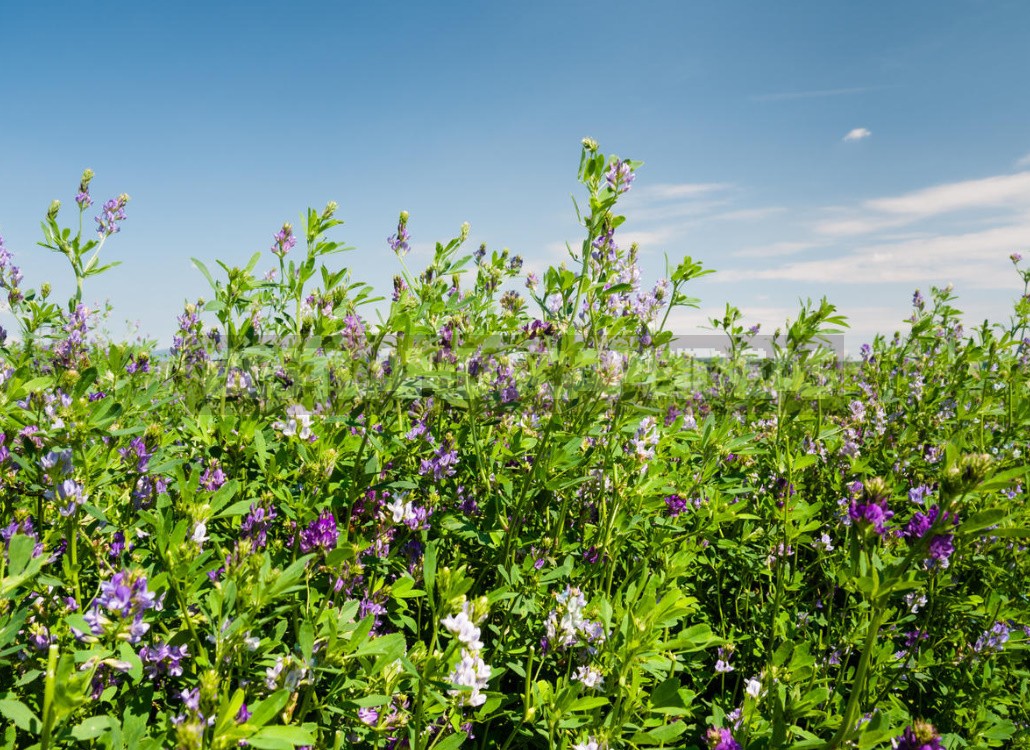
Many summer residents trust their beds to cereals. These plants effectively perform their task on any type of soil (including acid), protect the earth from erosion, extract useful compounds from its lower layers and become especially valuable for weed control.
Due to the dense structure of the biomass of these herbs slowly rot, so often gardeners after mowing use it as an effective mulch. In addition, according to scientists, some cereals (barley, rye, Sorghum × drummondii, etc.) are particularly attractive to insect predators and unbearable for nematodes.
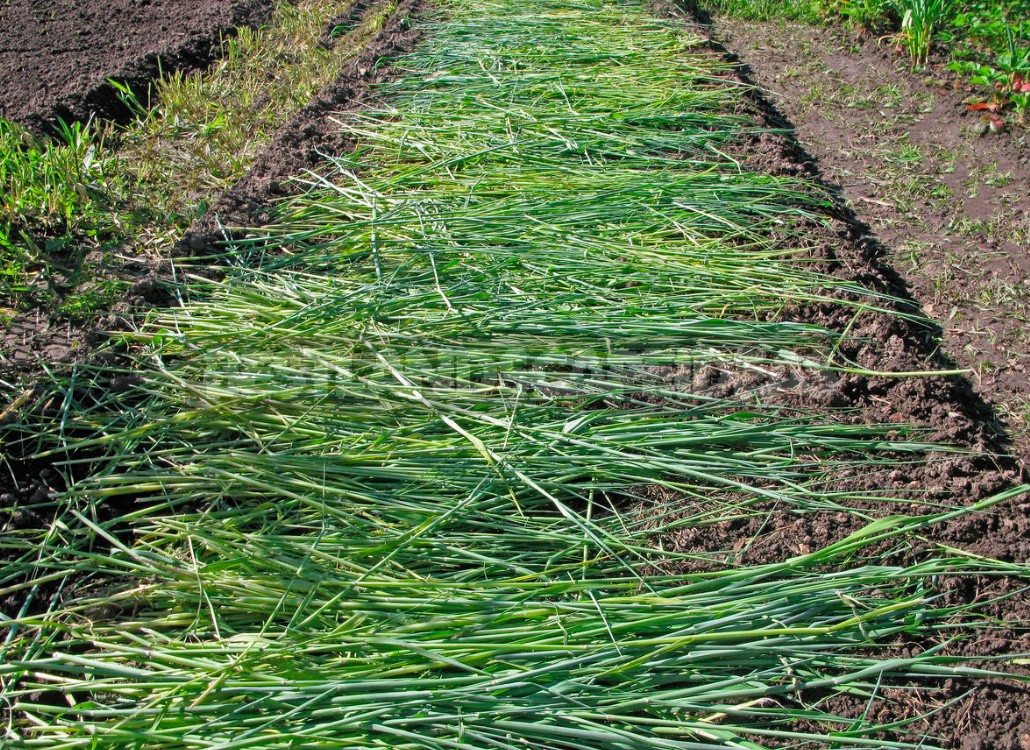
It is impossible to ignore cruciferous green manure crops. Such plants miraculously improve the quality of the soil, but do not develop well on acidic soils. Their greens have a delicate structure, so many gardeners do not even bother to seal it in the soil – it quickly rotting, being laid out on the surface of the beds. When using such siderates, it is important to observe crop rotation and not to plant after them related crops – cabbage, radish, daikon, turnip, arugula, spinach, etc.

Among the green manures crops belonging to other families, it is worth highlighting Phacelia, Malva, Fagopyrum, Amaranthus, Linum, Helianthus, Calendula, Tagetes, etc. Each of them increases soil fertility, aerates the soil, creates favorable conditions for active reproduction of useful microflora and positively affects the quality and size of the future crop.

